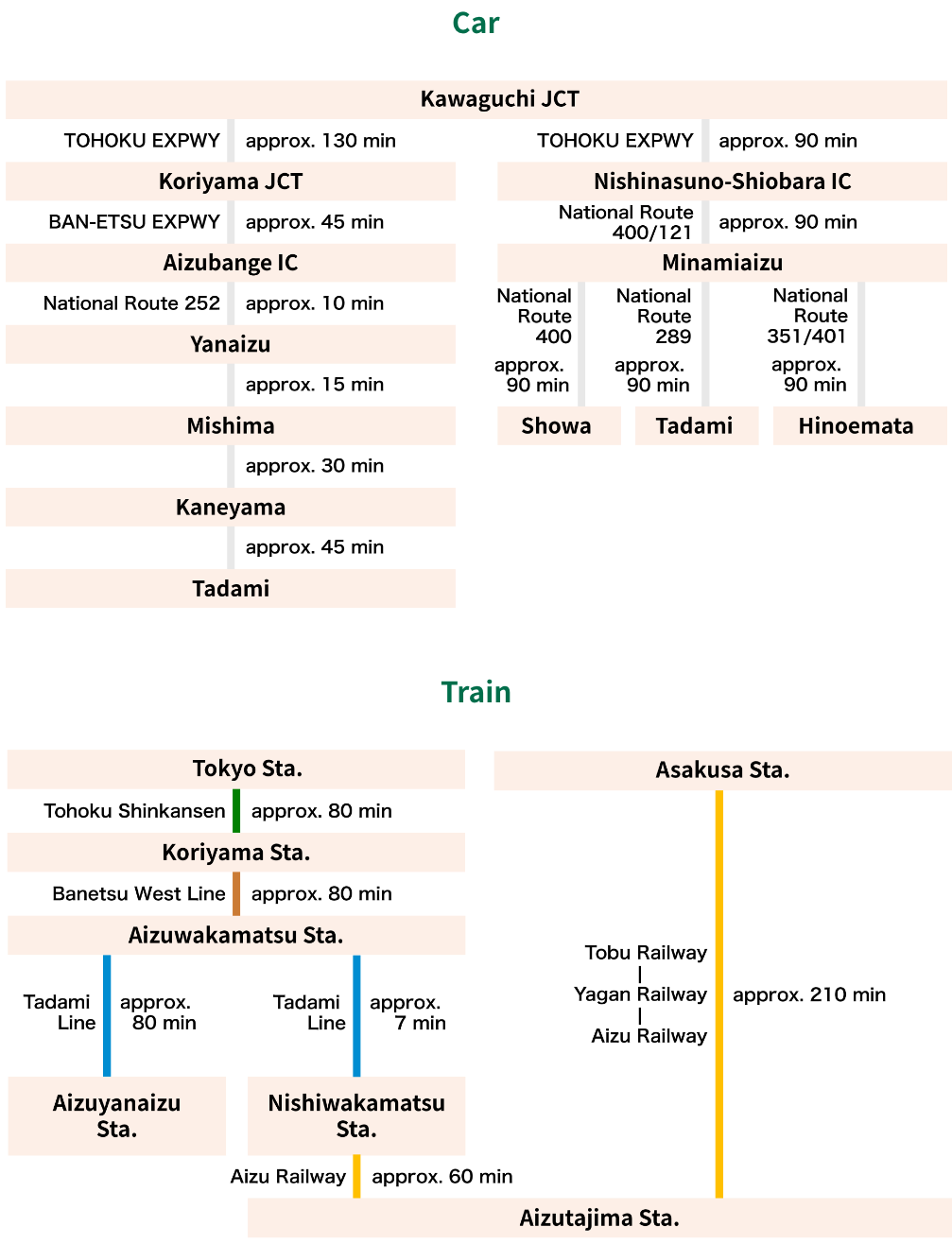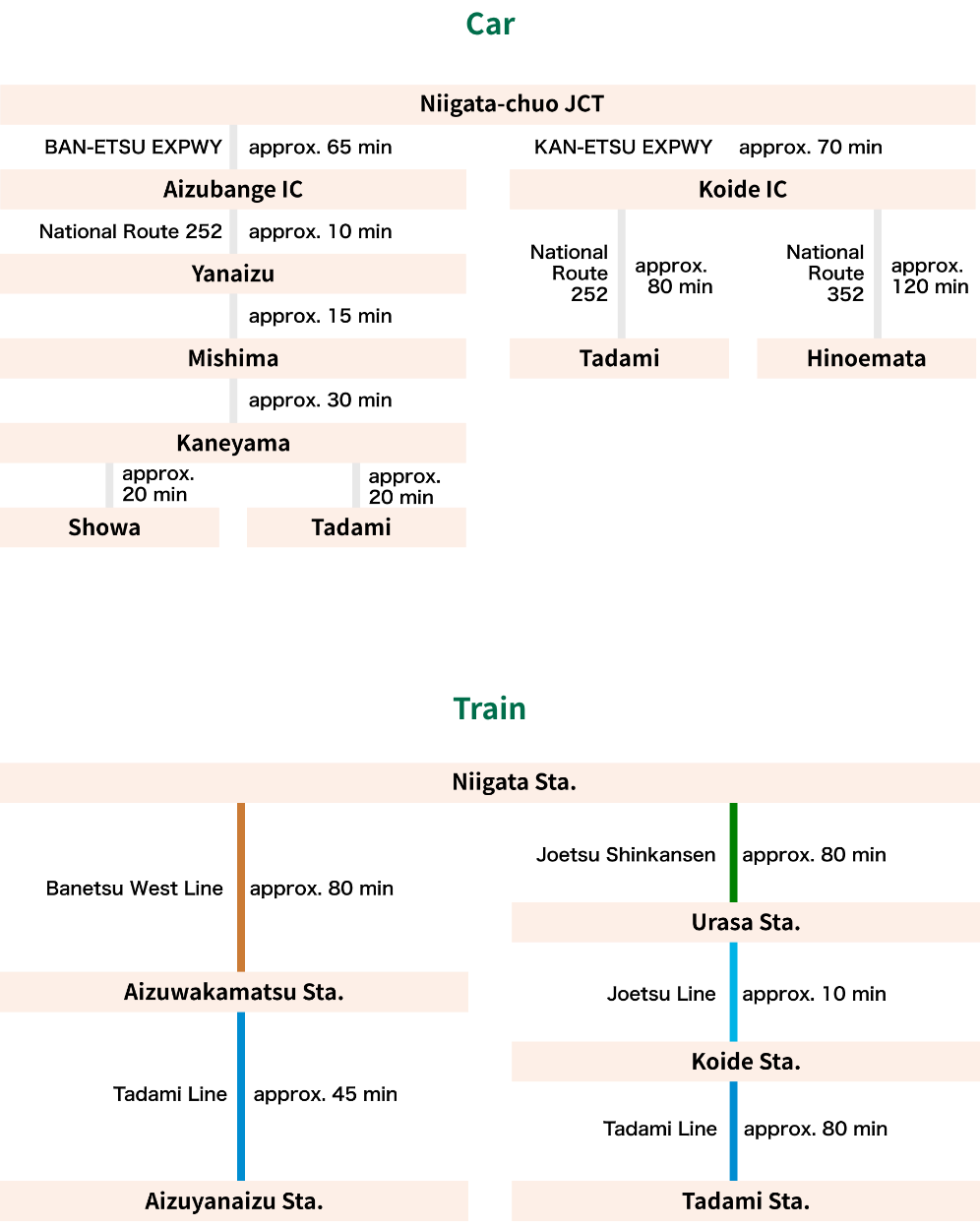About Okuaizu
The Okuaizu area is a broad region located in the southwestern part of Fukushima Prefecture, comprising seven towns and villages: Yanaizu, Mishima, Kaneyama, Showa, Tadami, Minamiaizu, and Hinoemata. Each of these municipalities is surrounded by mountains that rise between 1,000 and 2,000 meters. The area is a sparsely populated, mountainous region, where small settlements are scattered across river terraces formed mainly along the Tadami and Ina Rivers.

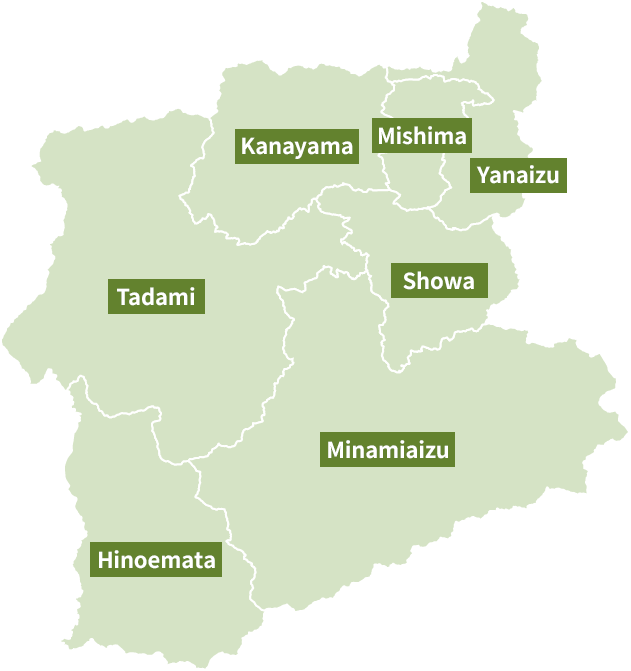
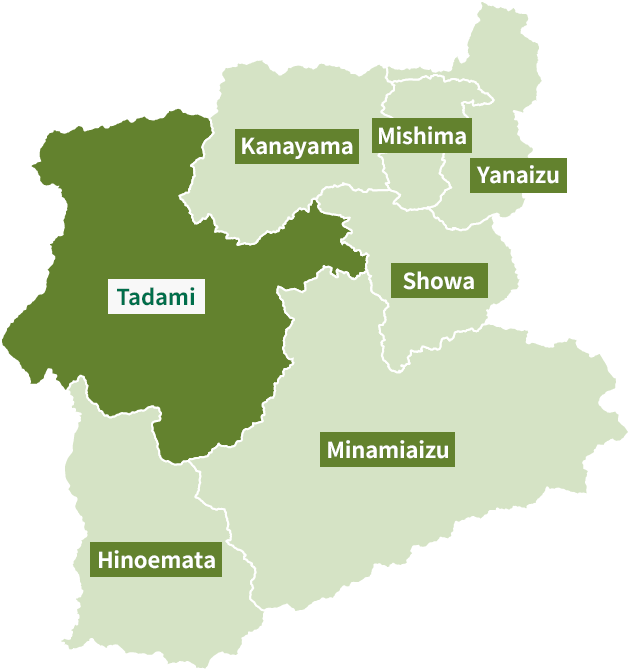
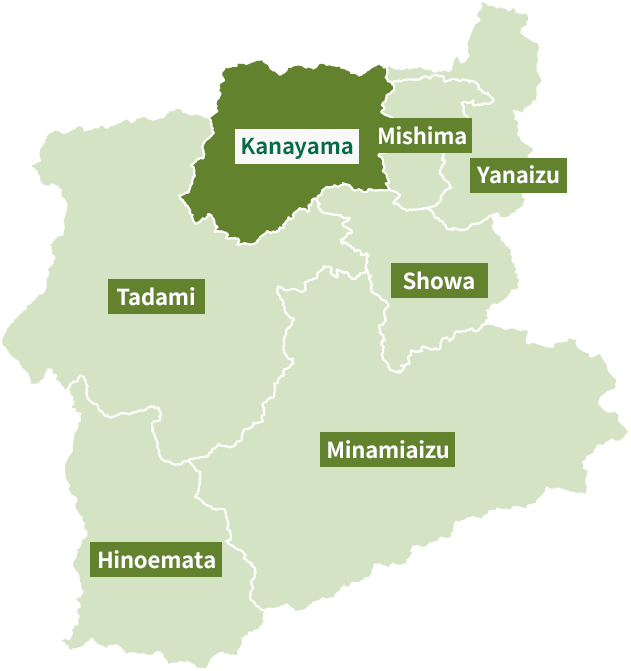
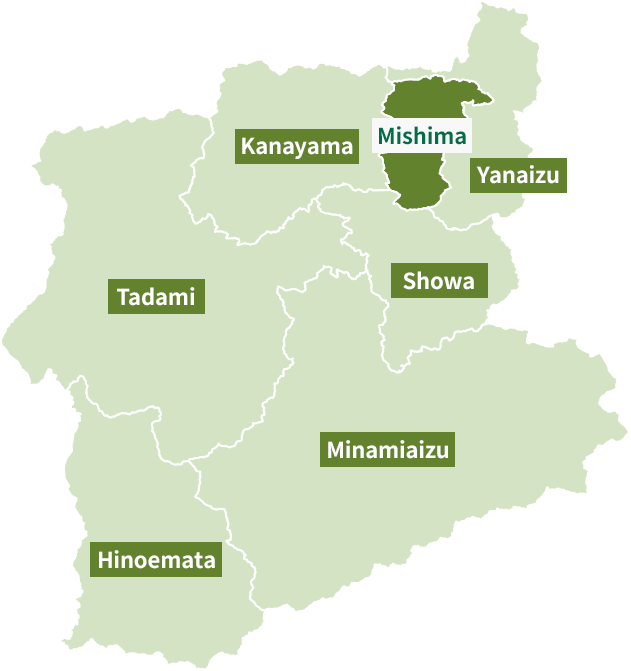
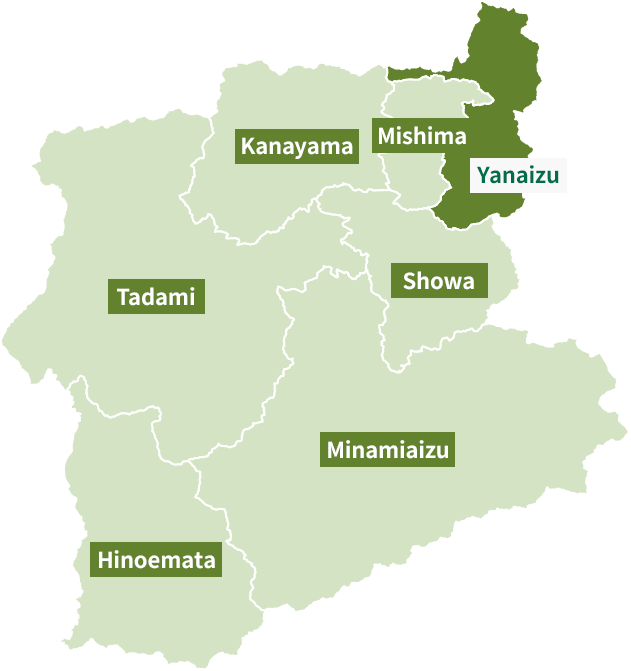
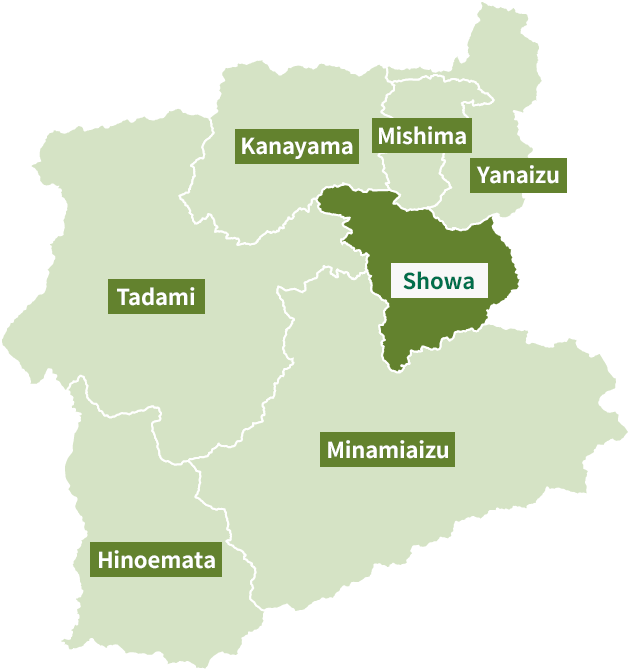
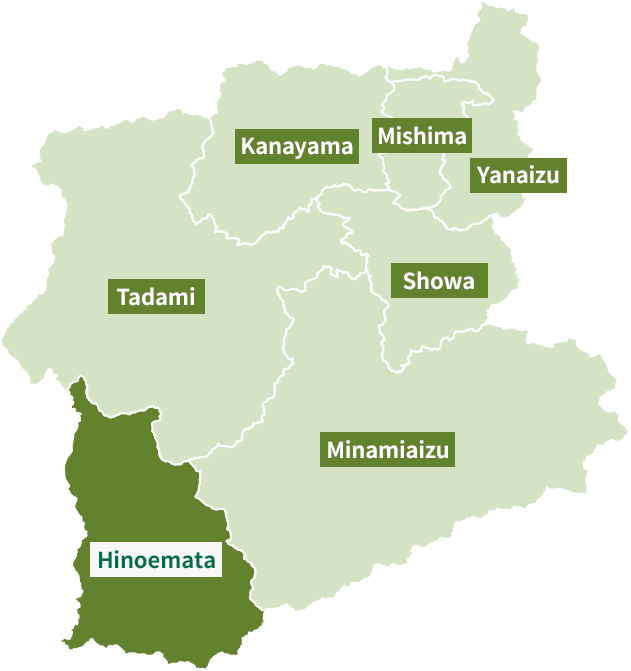
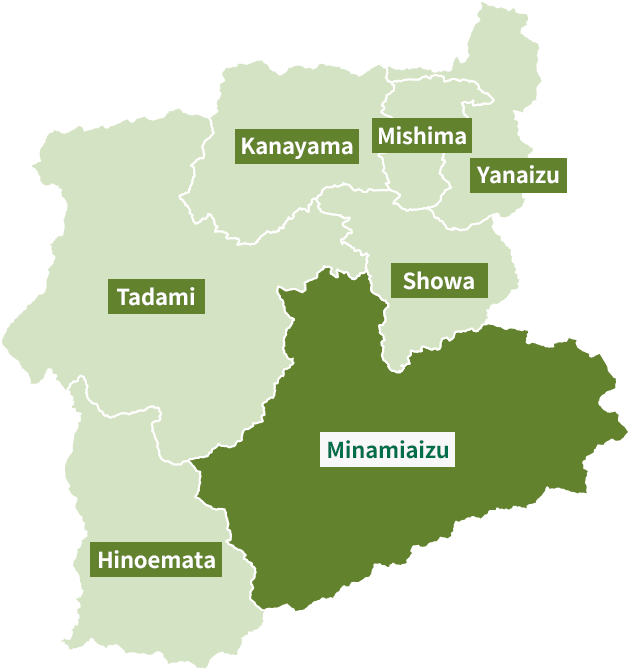
Attractions of Okuaizu
Okuaizu is a region with abundant forest resources, such as vast virgin beech forests, and beautiful landscapes of steep mountains and river terraces. The area has inherited a spirit of mutual support while continuing to embody its traditional culture and crafts that have been passed down through generations.
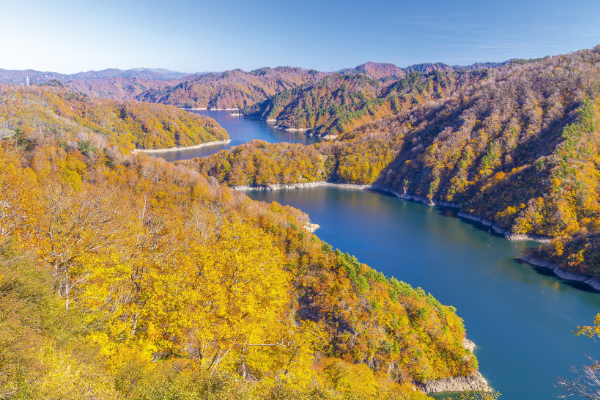
Nature
Lake Tagokura in Tadami Town is a large reservoir located on the border with Niigata Prefecture. It is an artificial lake created by the Tagokura Dam, which dammed the Tadami River, and boasts one of the largest water storage capacities in Japan. The peak time to see the autumn leaves is usually from mid to late October, when beech, maple, and other broad-leaved trees turn color, painting the area around the lake in shades of red and yellow. Visitors can enjoy panoramic views of the autumn foliage and the lake from the Tagokura Dam Observation Deck and along Route 252.
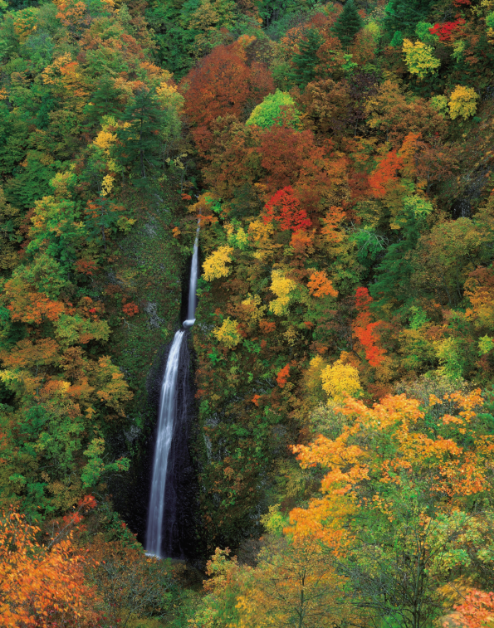
Landscape
Tsumujikura Falls in Yanaizu Town is a two-tiered waterfall, with the upper tier at a height of 25 m and the lower tier at 60 m. The powerful flow of water cascades down the rocky surface, creating a white spray as it plunges into the basin below. The waterfall has long been known as "Shirame-me Falls," which translates to “White Woman Falls.” Rare plants grow naturally in the surrounding area, and the beautiful scenery can be enjoyed throughout the four seasons.

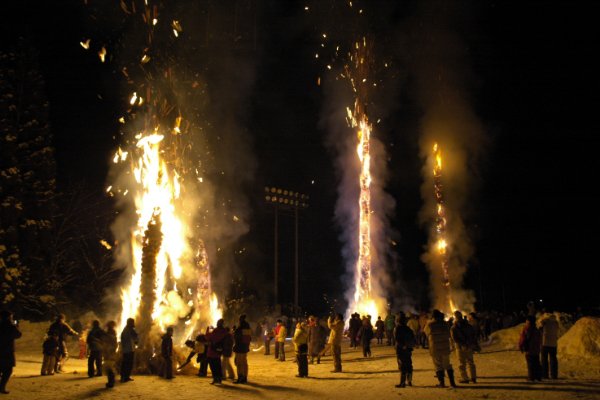
Culture
The Sainokami in Mishima is a fire festival held during the Little New Year to pray for a good harvest, good health, and the warding off misfortune. Sacred trees cut from the mountains are wrapped with bundles of kindling, and lucky charms are attached facing the auspicious direction for that year. From dusk until nightfall, the trees are set alight, and pillars of fire rise throughout Mishima. The festival has been designated as a nationally important intangible folk cultural asset.
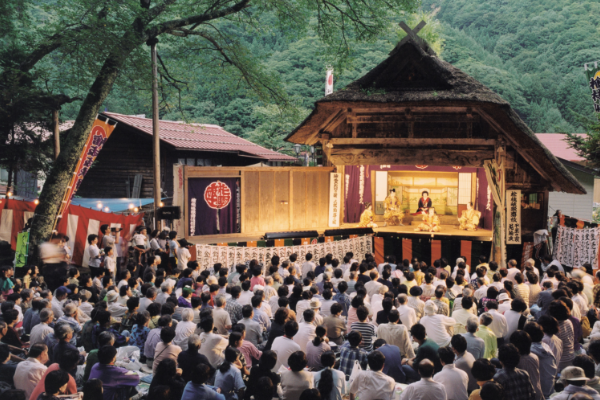
Tradition
Hinoemata Kabuki “Takenawa” is a traditional kabuki performance held annually in Hinoemata Village, Fukushima Prefecture. One of the region's traditional local plays, performances put on by local residents continue the tradition of Hinoemata Kabuki from the Edo period and are performed on a stage in the center of the village. Audiences can watch the plays in a rich natural environment while experiencing the history and culture of the region.

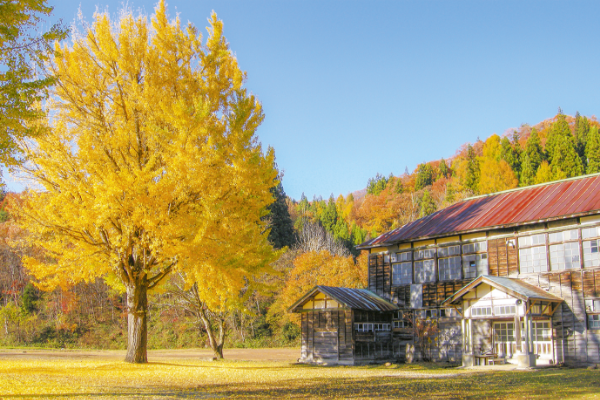
Sightseeing
Mugenkyo Gorge is a tourist attraction along the Tadami River valley where nature and history blend together. The hand-rowed ferryboat, once used by residents of the former Mifuke village to cross to the opposite bank, has been revived for tourist use and now operates as the "Mugenkyo Ferry." The ferry operates annually from late April to mid-November. Especially in the early mornings and evenings from June to August, river mist often forms, creating a magical landscape that visitors can enjoy.
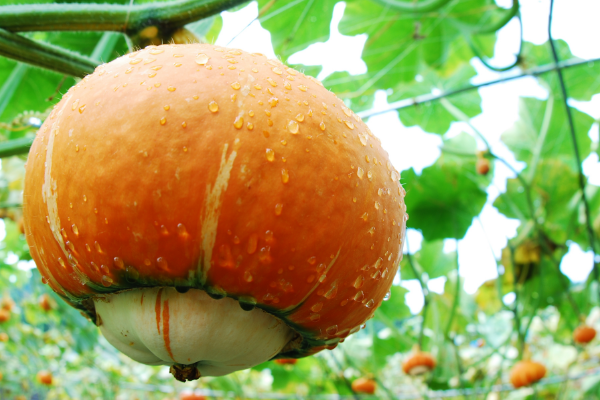
Insudtry
The "Akakabocha pumpkin" of Kaneyama Town is a local specialty known for its striking bright orange color. Grown in a natural environment with significant temperature variations between day and night, it is sweeter than ordinary pumpkins. Only those pumpkins that pass strict inspections using a sugar testing device are shipped, ensuring their quality. Its rich flavor is highly regarded throughout Japan, and it has been awarded the Minister of Agriculture, Forestry and Fisheries Award.

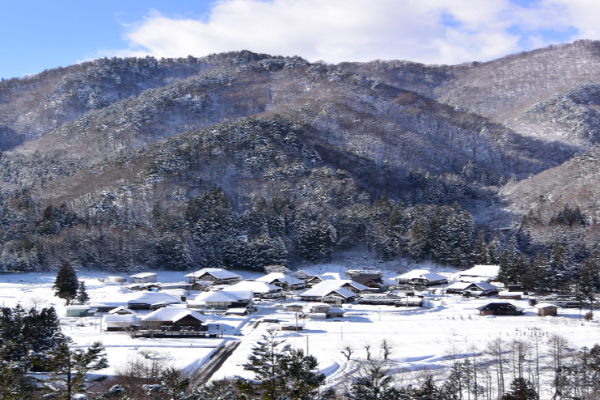
Life
The Maezawa Magariya Village in Minamiaizu Town is a traditional rural settlement that has continued since the Edo period. There are 20 traditional houses where people still live, and the traditional Japanese landscape is still present. The typical thatch-roofed magariya (L-shaped houses), an architectural style unique to areas with heavy snowfall, is characterized by the inclusion of a stable inside the house to care for the horses during heavy snowfall. The village has been designated as an Important Preservation District for Groups of Traditional Buildings.

